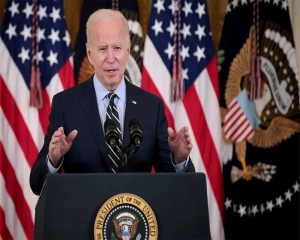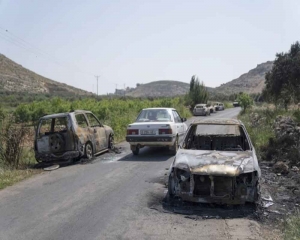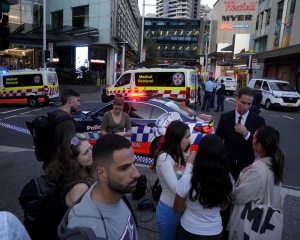Repeat voluntary contributions are the only way to reduce dependence on replacement donorsand meet shortage
In spite of the technological and medical advances achieved over the last millennium, it is still not possible to substitute any manufactured product for the transfusion of blood. The only source of blood as a therapeutic product is another human being and it’s not without its own risks. Although, the more commonly discussed ones are the transmission of infectious diseases like Human Immunodeficiency Virus, Hepatitis B, C, malaria and syphilis, there are other immune and non-immune reactions that can occur. These can range from transient fever to life-threatening immunologically mediated reactions or life-long sensitisation. The potential risk of transmission of infections can be reduced if it can be assured that the donors who are the source of the blood do not carry infection.
The first line procedure is a donor interview, which when performed meticulously, can ensure that donors who are at potential risk of being in the window period can be determined and excluded, most of the time. It is expected that the giver will be truthful and divulge confidentially, information that may disqualify them as a candidate. Appropriate information and counselling have to be provided to the person who needs to be deferred. The blood collected from screened donors then needs to be subjected to various mandatory tests to ensure freedom from infections. The interview process is often trivialised in many centres and observed in the breach during most blood donation camps, especially the “mega-camps” where quantity often takes precedence over quality and safety.
The importance of a reliable contributor in the quest to ensure safe blood is often taken for granted, not just in our country, but in the South-East Asia region, which collects 15 per cent of the global blood to cater to 26 per cent of the world’s population. Barring a few countries like Sri Lanka and Thailand, most countries still report a significant proportion of replacement donors. According to the World Health Organisation (WHO), voluntary non-remunerated blood donation (VNRBD) means that a person gives blood, plasma or cellular components and receives no payment for it, either in cash or kind.
Studies have shown that first-time voluntary contributors have a similar risk profile to replacement donors. It is only when the person has donated repeatedly over a period of at least two consecutive years, that it becomes possible to be confident about the reduction in risk. The frequency of contribution depends on the community from which the person is selected and the existing regulatory norms and guidelines for selection. In India the recommended time interval is 90 days between donation for males and 120 days for females. Developing a pool of repeat voluntary blood givers is no mean task. It requires careful planning, targetted and sustained campaigns in the community.
Currently, the process of creating awareness, motivating, recruiting and retaining of repeat VNRBD is the responsibility of the blood bank. For an entity that is already struggling under the existing regulations for operations and compulsions to keep costs down (there is a prescribed cap on how much can be charged for blood), the resources allocated to this task — in terms of human resources, planning and implementation — are meagre. Sustained engagement with contributors requires more than sporadic messages on electronic media, posters or one-off TV advertisements. The State and national blood transfusion services also have not been able to invest consistently to systematically develop awareness and conduct a nationwide campaign. Although educational organisations facilitate blood donations, it is often to fulfil the letter of regulation (to conduct one donation camp in an academic year) rather than to nurture a sense of altruism. Blood donation is not something that is talked about in our society. Most of the conversation lasts a couple of days during the year — the International Blood Donor Day (June 14) or the National Voluntary Blood Donation Day (October 1). Most people only think about blood donation when their close relatives or friends are in need of a transfusion. Unless they are fortunate to be in close proximity to a blood bank that has adequate supply, they will go through a fairly traumatic experience of finding replacement donors to ensure that the blood bank gets enough donors of any group in exchange for the units given to their patient. This memory usually fades after the immediate demand is addressed. The lack of a dependable pool of repeat voluntary contributors and the absence of commitment to donate regularly contributes to periodic shortage of blood in the hospitals.Unless we as a nation are willing to change our mindset and be receptive to the idea of “giving without getting in return” our blood banks and hospitals will continue to be caught in a regular cycle of shortages and never wean off dependence on replacement blood donors. It’s time we took the 2000 WHO slogan seriously: “Safe blood starts with me: blood saves lives.”
(The writer is Professor. Department of Transfusion Medicine and Haematology, Christian Medical College, Vellore)

























